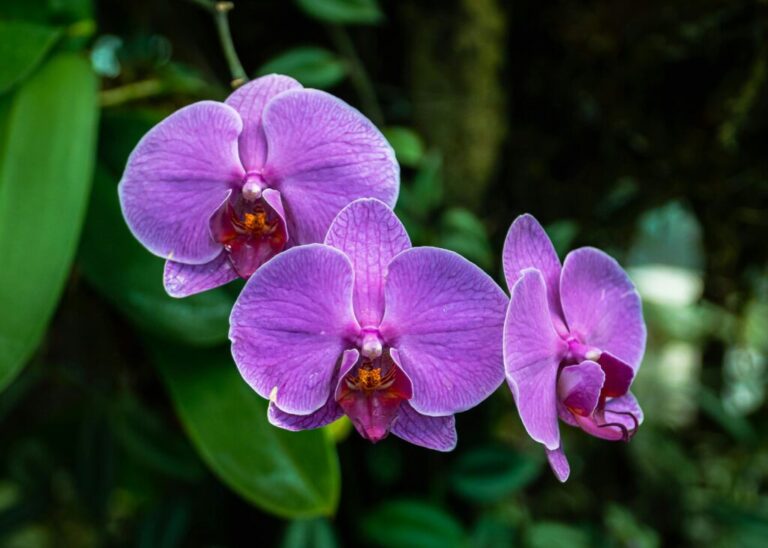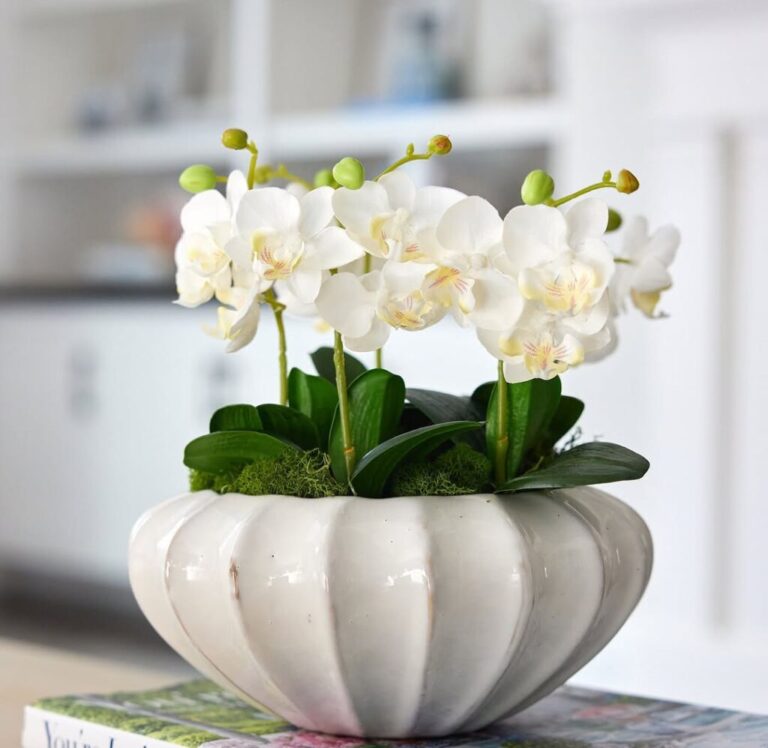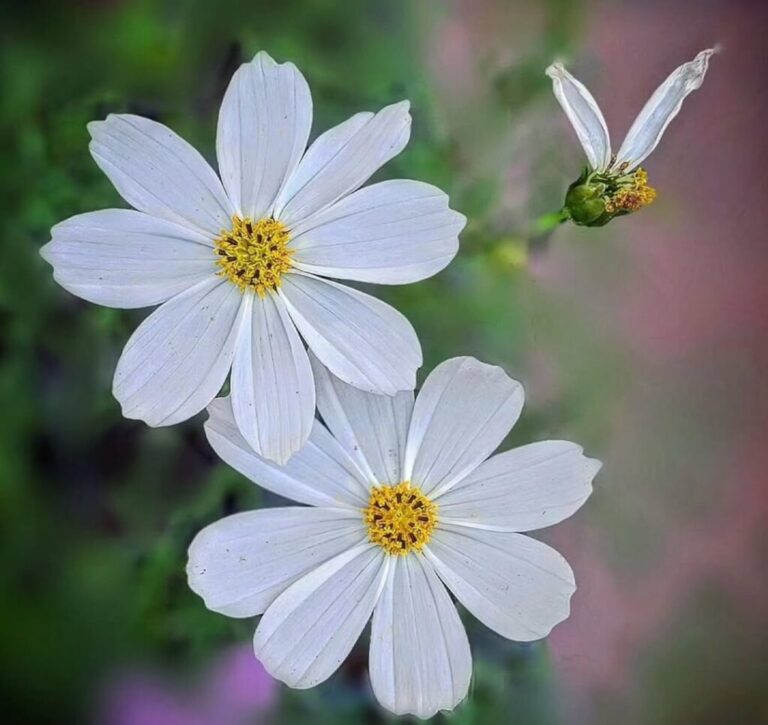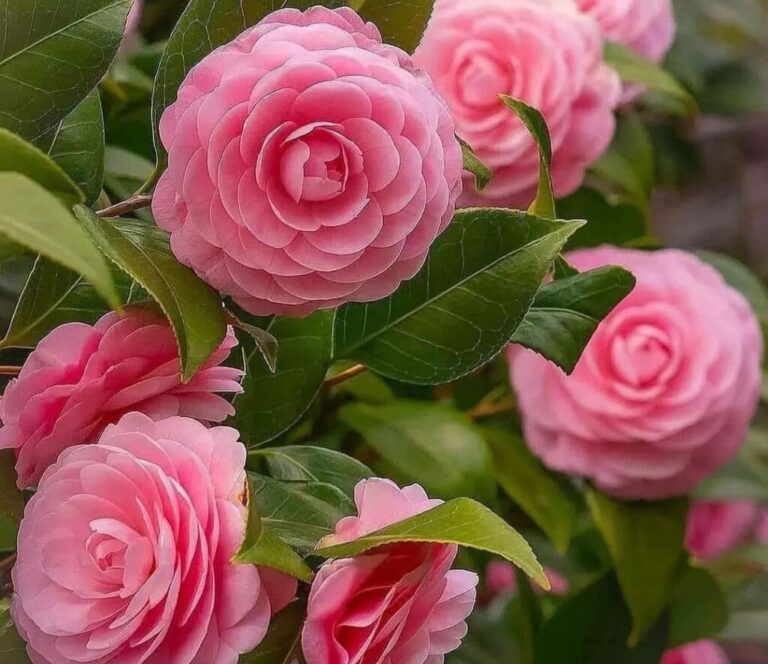Thai orchids are among the world’s most unusual and exquisite flowers. With over 1,000 species found in Thailand, these orchids thrive in the country’s warm, humid climate, making them a staple in gardens, homes, and floral decorations. Whether you’re a beginner or an experienced gardener, understanding the proper care techniques for Thai orchids can help you grow these stunning plants successfully.
Orchids are more than just decorative plants; they are deeply embedded in Thai culture, often used in religious ceremonies, spa treatments, and even traditional medicine. While they naturally grow in forests, many people cultivate them at home, either in pots, hanging baskets, or attached to trees. Learning how to care for Thai orchids ensures that you can enjoy their breathtaking blooms year-round, bringing a touch of tropical beauty to your living space.

- 1 Choosing the Right Thai Orchid
- 2 Dendrobium Orchids
- 3 Vanda Orchids
- 4 Cattleya Orchids
- 5 Phalaenopsis (Moth Orchid)
- 6 Optimal Growing Conditions for Thai Orchids
- 7 Light Requirements
- 8 Temperature and Humidity
- 9 Watering and Fertilisation
- 10 For fertilisation:
- 11 Potting and Repotting
- 12 Pest and Disease Control
- 13 Encouraging Your Orchid to Bloom
- 14 FAQs on Thai Orchid Care
Choosing the Right Thai Orchid
Before diving into care tips, it’s essential to choose the right type of Thai orchid for your environment. Different orchids have varying care needs, and selecting the right one can make your orchid-growing journey much smoother. Among the most well-liked types are:
Dendrobium Orchids
Dendrobiums are among the easiest to grow and bloom profusely, making them ideal for beginners. These orchids require moderate care and adapt well to different environments. Their vibrant flowers can last for weeks, and they thrive in both indoor and outdoor settings, as long as they receive sufficient light and humidity.
Vanda Orchids
Known for their striking colours and aerial roots, Vandas require high humidity and bright light to flourish. These orchids are best grown in hanging baskets, allowing their roots to breathe freely. Their large, long-lasting flowers make them a favourite among orchid enthusiasts, though they do require more attention than some other varieties.
Cattleya Orchids
Cattleyas are famous for their fragrant and showy flowers. These orchids need proper air circulation and bright, indirect light to grow well. Often used in floral arrangements, their bold blooms make a stunning statement in any collection. Regular watering and occasional misting help maintain their health and encourage blooming.
Phalaenopsis (Moth Orchid)
One of the most common orchids, Phalaenopsis is well-suited for indoor growth and requires minimal maintenance. Their long-lasting flowers and ability to adapt to household conditions make them a favourite among home gardeners. With proper care, these orchids can bloom multiple times per year, providing beauty for months at a time.
Optimal Growing Conditions for Thai Orchids
Light Requirements
Thai orchids typically require bright, indirect light. Their leaves may be burnt by direct sunshine, and they may not blossom if there is insufficient light.
– Dendrobiums and Vandas – Prefer bright, filtered sunlight. Place them near a sunny window or under artificial grow lights if growing indoors.
– Phalaenopsis and Cattleyas—Thrive in medium light conditions, making them suitable for indoor settings where natural light is available but not too intense.
If your orchid’s leaves turn dark green, it may not be getting enough light. On the other hand, yellowing leaves may be a sign of excessive direct sunshine. Adjusting the placement of your orchid can make a significant difference in its health and blooming cycle.
Temperature and Humidity
Since Thai orchids are tropical plants, they thrive in warm temperatures between 65°F and 85°F (18°C and 29°C). They do not tolerate sudden temperature drops well, so keeping them in a stable environment is essential.
Humidity is another crucial factor. Most Thai orchids require humidity levels between 50% and 80% to grow well. If you live in a dry climate, consider using a humidity tray filled with pebbles and water, misting the orchids daily, or placing them in a bathroom where natural humidity is higher. Proper humidity levels will ensure your orchid remains hydrated and healthy.
Watering and Fertilisation
Watering is essential, but overwatering can lead to root rot, one of the most common mistakes orchid growers make.
– Water 2–3 times per week in hot seasons and once per week in cooler months. Orchids prefer a wet-dry cycle rather than constantly moist conditions.
– Use room-temperature water and avoid letting the roots sit in standing water, as this can cause fungal infections.
– Ensure your orchid’s potting medium (bark, moss, or coconut husk) dries slightly between waterings to prevent root rot.
For fertilisation:
– Use a balanced orchid fertiliser (**20-20-20**) every two weeks during the growing season to promote healthy growth and blooming.
– Reduce feeding to once a month in colder months when growth slows down. Over-fertilising can cause salt buildup, which can harm the roots.
Potting and Repotting
Thai orchids grow best in well-draining containers with a suitable potting medium like bark, charcoal, or moss. Repotting is necessary when:
– The potting medium breaks down and retains too much moisture, leading to potential root rot.
– The orchid outgrows its current pot and needs more space to continue thriving.
Repotting every 1–2 years helps maintain healthy roots and prevents fungal infections. When repotting, always use fresh potting mix and remove any dead or decaying roots to keep your plant in optimal condition.
Pest and Disease Control
Like any plant, Thai orchids can be affected by pests and diseases. Common issues include:
– Aphids and Spider Mites—These tiny pests feed on leaves, causing damage. Use neem oil or insecticidal soap to eliminate them before they spread.
– Root Rot—Caused by overwatering. Ensure proper drainage and let the roots dry between watering to prevent this common issue.
– Fungal Infections—Yellow spots or black patches on leaves indicate fungal diseases. Treat with a fungicide and improve air circulation around the plant to prevent further spread.
You can prevent major damage and guarantee ongoing, healthy growth by routinely checking your orchids and taking care of issues early.
Encouraging Your Orchid to Bloom
If your Thai orchid is not blooming, consider these tips:
– Increase Light Exposure—A lack of sufficient light is one of the main reasons orchids fail to flower. Move your orchid to a brighter spot if necessary.
– Adjust Temperature Fluctuations—Some orchids, like Phalaenopsis, require a slight drop in nighttime temperatures to initiate blooming.
– Use a Bloom Booster Fertiliser—Fertilisers with a higher phosphorus content (such as 10-30-10) can stimulate flower production and encourage vibrant blooms.
Orchids bloom at different times of the year, but with the right care, they can reward you with stunning flowers multiple times annually, adding natural beauty to your home or garden.
Thai orchids are a beautiful and rewarding addition to any home or garden. With proper care—ensuring optimal light, humidity, watering, and pest control—you can cultivate these exotic plants successfully. Whether you are a beginner or an expert, following these guidelines will help your orchids flourish and bloom year after year.
FAQs on Thai Orchid Care
What are the best Thai orchids for beginners?
Some of the easiest Thai orchids to grow include Dendrobium, Vanda, and Phalaenopsis. These varieties are more forgiving and adapt well to indoor conditions.
How much sunlight do Thai orchids need?
Thai orchids thrive in bright, indirect sunlight. Vanda orchids require full sun for a few hours, while Dendrobiums and Phalaenopsis prefer filtered light or morning sun.
What is the ideal temperature for Thai orchids?
Most Thai orchids prefer warm temperatures between 65°F to 85°F (18°C to 29°C). They need a slight drop in temperature at night to encourage blooming.
How often should I water my Thai orchids?
Watering depends on the type of orchid:
Vandas: Daily watering in hot climates; every 2-3 days in cooler areas.
Dendrobiums & Phalaenopsis: Once or twice a week, allowing the roots to dry between waterings.
What type of potting mix should I use?
Thai orchids typically grow best in bark, coconut husk, sphagnum moss, or charcoal. Vandas are often grown bare-root in hanging baskets
How do I fertilize Thai orchids?
Feed your orchids weekly with a balanced orchid fertilizer (20-20-20). Reduce feeding during dormancy and increase when new growth appears
Why are my Thai orchid’s leaves turning yellow?
Yellowing leaves can result from:
Overwatering or underwatering
Too much direct sunlight
Nutrient deficiency or old age of the leaf
How do I get my Thai orchid to bloom?
To encourage blooming:
Provide bright light
Maintain a temperature drop at night
Use a high-phosphorus fertilizer (e.g., 10-30-20) before blooming season
How do I prevent pests and diseases in Thai orchids?
Keep your orchid healthy by:
Checking for spider mites, scale, or aphids
Using neem oil or insecticidal soap for infestations
Ensuring good air circulation to prevent fungal infections








